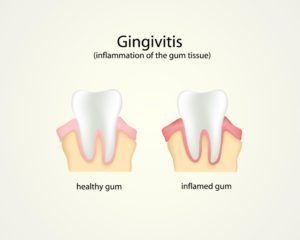
Gingivitis & Periodontitis
Gingivitis and periodontitis are gum diseases caused by a proliferation of bacteria along and beneath the periodontal tissues. Gingivitis is the mildest form of periodontal disease, beginning with minor symptoms like gum inflammation. Although it is highly treatable, gingivitis is often left untreated and allowed to progress into an advanced stage of a periodontal disease […]
Continue Reading...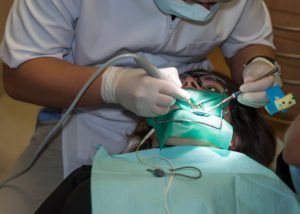
Root Canal Treatment
Root canal treatment is an endodontic procedure used to clear infected pulp away from the pulp chambers and canals of a diseased tooth. Infections occur when bacteria are allowed to enter the pulp – often due to untreated decay or a crack in the tooth. During a root canal, the tooth is opened and the […]
Continue Reading...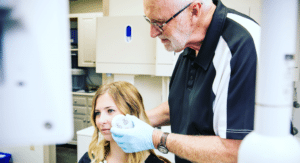
Low level lasers
Most of us associate dental treatments with pain. Imagine a world where dental procedures were not only painless, but you could heal faster after any treatment, with minimal discomfort and swelling and not even need pharmaceuticals? This has been made possible with the use of low level laser therapy, an evolving concept that has been […]
Continue Reading...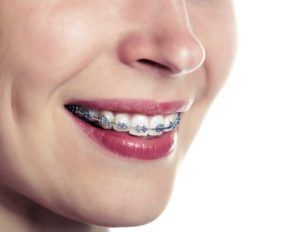
Types of Braces
Dental braces have come a long way since they were invented in the 1800’s. Today, Americans and residents of are privy to a bevy of tooth-straightening options, each of which offers different benefits. Currently, the most popular types of braces used in include: Metal Braces – These are traditional braces most often seen in children […]
Continue Reading...
Orthodontic Preventive Care
The field of orthodontics spans beyond corrective treatments. It also includes preventive care, which is used to prevent the development of a bad bite or crooked and overcrowded teeth. In fact, some children who undergo preventive treatments can avoid the need for far more invasive treatments later in life. By the time preventive orthodontic treatments […]
Continue Reading...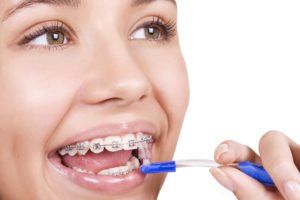
Orthodontic Post-Op Instructions
The process of placing an orthodontic appliance is non-surgical, but it does require special post-procedural instructions to minimize patient discomfort and protect each patient’s appliance from damage. Failure to follow these instructions can prolong treatment, make treatment more costly, or even result in a dental or orthodontic emergency. Did you know… that it is normal […]
Continue Reading...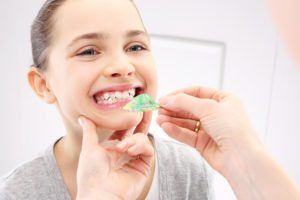
Orthodontic Two-Phase Treatment
Two-phase orthodontic treatment is a dual step method of aligning a child’s teeth and producing a functional bite. Usually, two-step orthodontic treatments begin between the ages of 7 and 9, when many of the primary teeth remain in a child’s mouth. The braces stay on for a year or two, after which time they are […]
Continue Reading...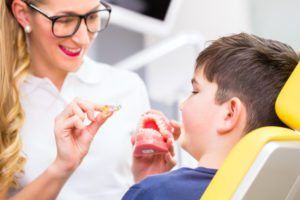
What is Orthodontics
An orthodontist is a dentist who specializes in the treatment of crooked or misaligned teeth. Contrary to popular belief, this branch of dentistry is not merely about the cosmetic appearance of patient smiles, but also about their oral health. Patients who visit an orthodontist for treatment often find it easier to brush their teeth and […]
Continue Reading...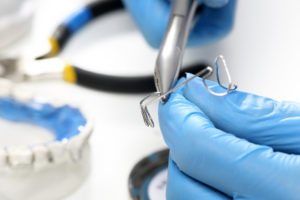
Emergency Orthodontic Care
Orthodontic emergencies can occur at any time during treatment and often pertain to complications with appliances. An orthodontic emergency is any circumstance that causes pain, threatens a patient’s health, or interferes with the course of orthodontic treatment. An emergency orthodontist can offer immediate assistance for emergencies, some of which include: broken wires loosened bands oral […]
Continue Reading...
When is the Best Time to Consult an Orthodontist
Orthodontists are dental specialists who work to bring the teeth and jaws into their ideal position for optimal oral health. It is very common for children and young teens to visit orthodontists to monitor or correct complications with emerging permanent teeth. Though a child may visit the orthodontist at any time, the elementary years serve […]
Continue Reading...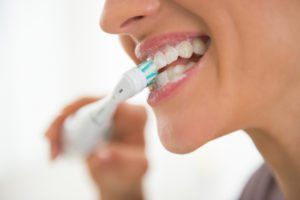
Electric Brush vs. Manual Brushes
Preventative dentistry is about more than just visiting your dentist twice yearly for an exam and thorough cleaning. In fact, the majority of your preventative care is done at-home as a part of your normal hygienic routine. Many residents use manual toothbrushes to remove debris and plaque from their teeth. However, electric brushes have become […]
Continue Reading...
